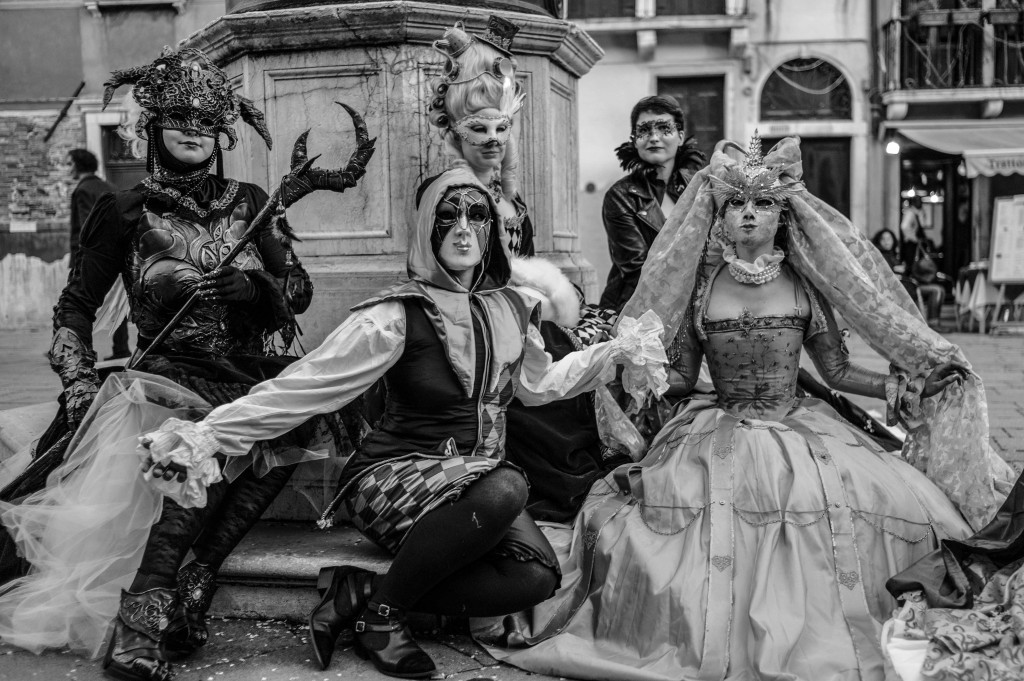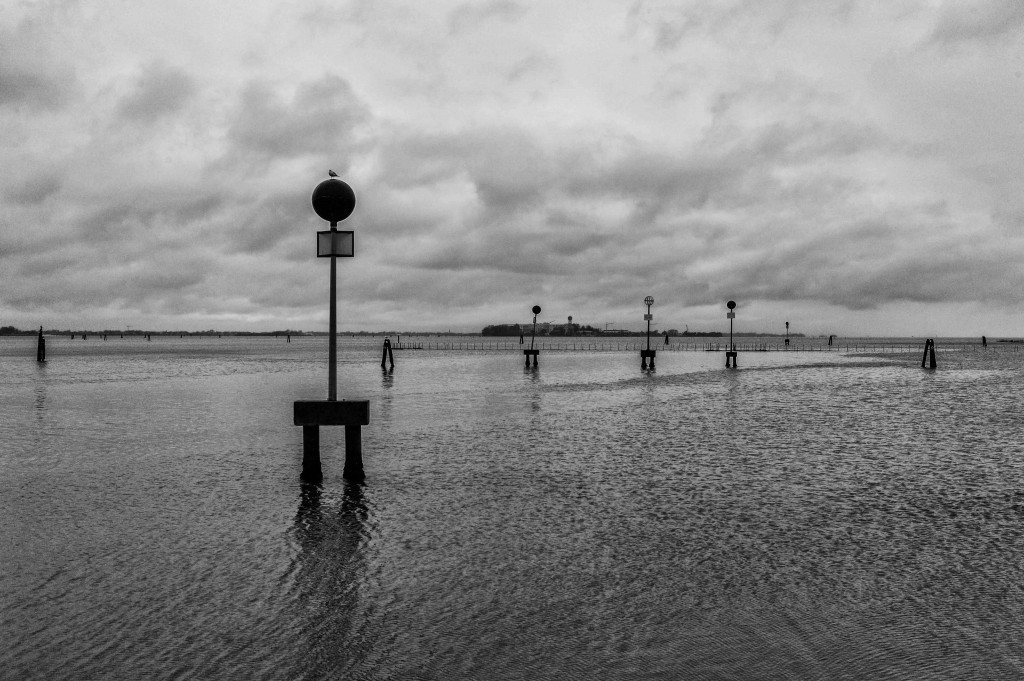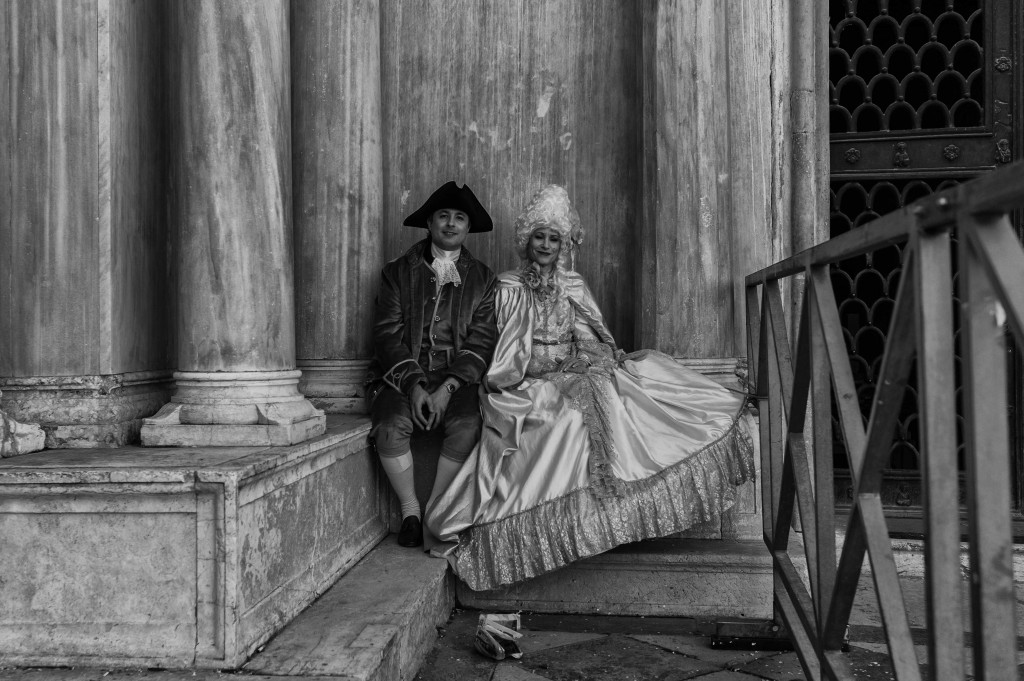
Straight from a scene in Miyazaki’s Spirited Away, the Frecciarossa train moves slowly across the calm lagoon, pulling into station Venezia. In the distance, islands and piers scatter around the azure landscape. Out on the station piazza, the sun welcomes us to the majestic Grand Canal, with its technicolor façades and Gothic windows. This is Venice: the place of touristic legend, the capital of a thousand-year maritime empire—and the city that should never have existed. Thus began our three-day tour of the lagoon city.
Water, Water, Every Where (From Rime of the Ancient Mariner)
Meaning: Water, Water, Everwhere

From the start, even an inattentive traveler can tell that the city is ruled by water. From the train’s approach across the lagoon, to the fish-like caricature of the main islands, everything relates to the sea and its forces. Coming from Rome, it is as though the pervasive wetness on Roman sidewalks—the puddles, the seeping humidity—has finally conquered and overcome the land, and the Tiber has flooded over and formed countless canals. To prove a point, it is difficult to navigate from North of the Grand Canal to the South without taking the water bus (vaporetto); according to Yahoo, there are some 150 canals and 400 bridges in the city, and only 4 cross the canal. Water is everywhere, and every day you will encounter it.
人山人海 (Ren Shan Ren Hai, From Chinese Idiom)
Meaning: People, People, Everywhere, as great as the mountain and ocean

Venice may be ruled by water, but it definitely is (over)run by tourists. On this seemingly fragile city perched on stilts and stone and some 118 islands, some 15 million tourists (wikiVenice) visit it each year. And it shows. Our visit coincides with the start of Carnival, which is prime tourist season. Everywhere you walk, you see tourists decked in elaborate masks, speaking German, French, Japanese, and Italian dialects. Heck, even we are tourists. We clog the streets and alleys. We raise the price of dinner and coffee. But we also bring flavor and vitality to this beautiful place, and all should have the right to enjoy it.
In Praise of Shadows (English Title of Book, Junichiro Tanizaki)
Meaning: Beauty of Isolation and Darkness
If tourists give life to the city, they can also take it away. When no one else is around, Venice becomes a gothic city. Far from the crowded hotspots of Rialto and San Marco, one can find quiet stillness in the outer islands of Giudecca and San Michele. These fringe districts—the former a postindustrial site and the latter a floating cemetery—runs on a much slower time frame, especially during rainfall. Looking towards the lagoon in these isolated spots, civilization seems as distant as the horizon, and all around you is the grey waters and the empty sky.

At night, downtown becomes as desolate as the edges. To support the tourist industry, local Venetians have an early bed time; by 11:00PM most shops are closed, and only a handful of tourists wander under the golden lamplights of San Marco. Alleyways and canals, lively and sunlight during the day, becomes dim and empty by nightfall. Walking the abandoned streets, lit only by the occasional decorous storefront, I felt no imminent danger, only history. Imagine: behind every darkened and shuttered window lived countless lives, each with their fair share of political intrigues, forbidden trysts.

How many stories are in these canals?
